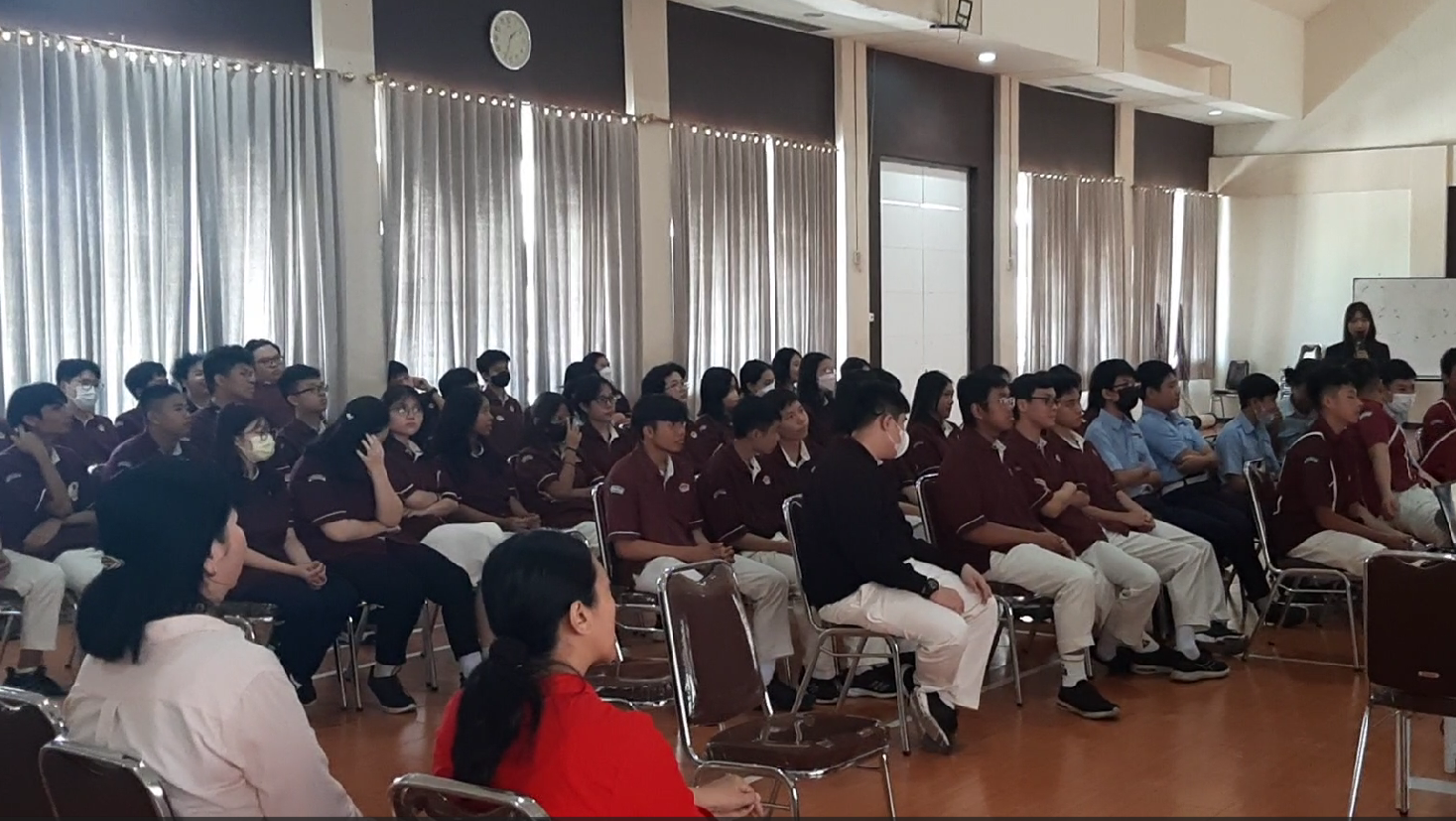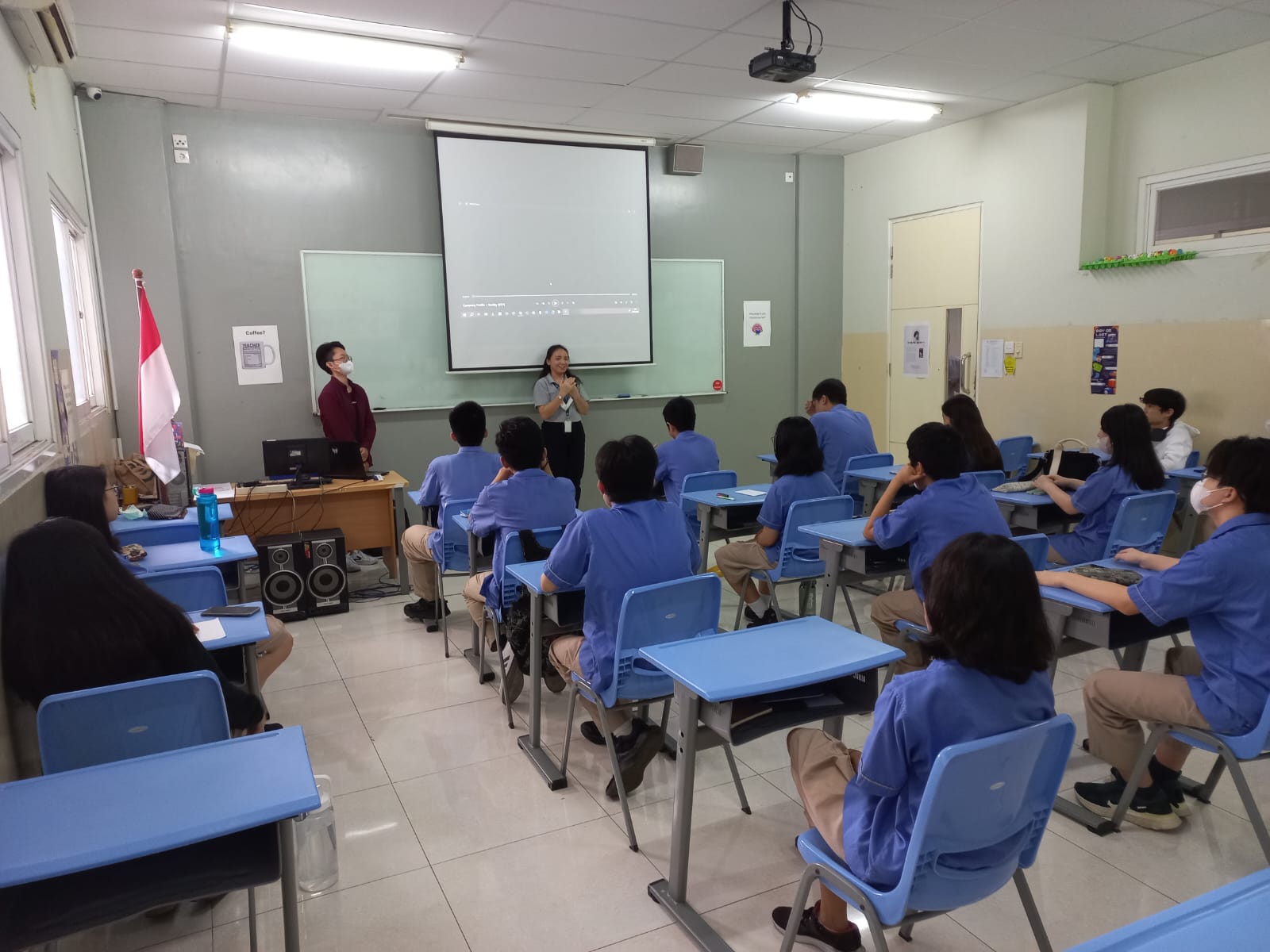
Become a Data Analyst by Using Microsoft Excel
KSP season 13 episode 1:
Become a Data Analyst by Using Microsoft Excel
Penulis: Christina Natalia

Fotografer: Christina Natalia
KSP season 13 episode 1 which was held on Saturday, April 9, 2022 with the theme Becoming a Data Analyst Using Microsoft Excel. This material was presented by Jeddika Cianga, S.SI., MSc. as a Tech Intelligence Business Analyst in Ula who is an alumnus of the Business Information Systems department at ISTTS. This webinar is managed using the Zoom and Youtube platforms.
This material focuses on the use of Microsoft Excel as the basic program used to process data. Kak Jedika brought this material casually, and introduced Microsoft Excel as a program that can be used by anyone with an easy-to-understand and universal use.
Microsoft Excel has features that can help in tidying up a lot of data so that it becomes more concise, and looks more attractive as a presentation. Kak Jedika provided a file in the form of sample questions in the comments column as an exercise for the participants in the form of a very complicated sales data table for analysis.

Kak Jedika is also an example of the output data that has been processed and looks more interesting through the sharing screen. Kak Jedika explained that most people think of Excel as an underpowered program. But in the world of work, many companies often use Excel while operating. Excel has many functions, this program can be used as a basis or first step for people who want to enter the world of data analysts and data scientists.

Microsoft Excel can teach you how to structure data, how to make good tables, how to pre-process data, and so on. Kak Jeddika gave an explanation of the steps that must be used to process the data. The three steps are data cleaning, data preprocessing, and visualization. Many formulas or formulas can be used and depend on the data used.

Kak Jeddika also received questions in the comments column during the delivery of materials to invite participants to interact. Kak Jeddika also provided information, and tips that were easy to explain during the process. After completion, the webinar was closed with a question and answer session, followed by a group photo session and attendance via Google forms.


